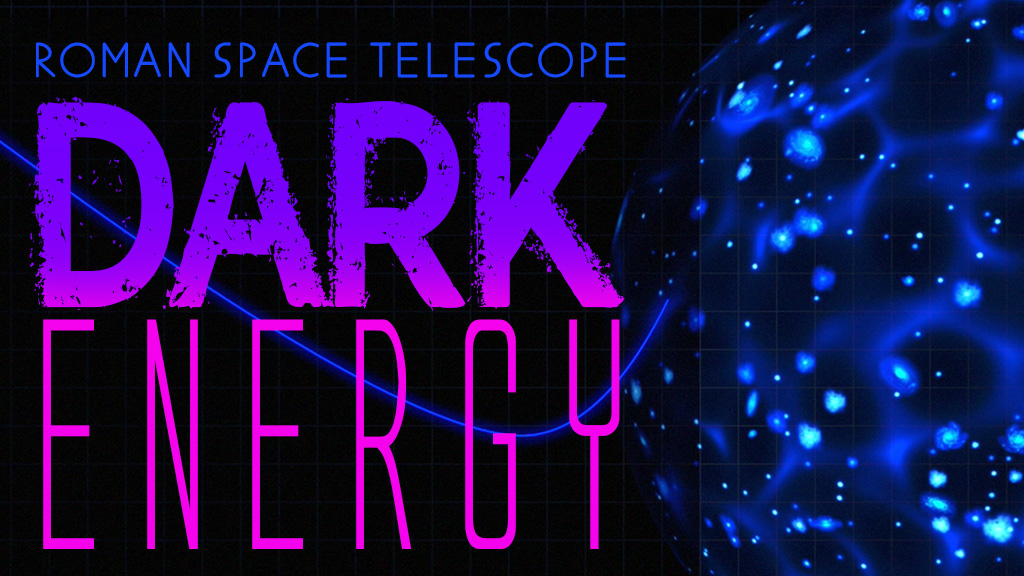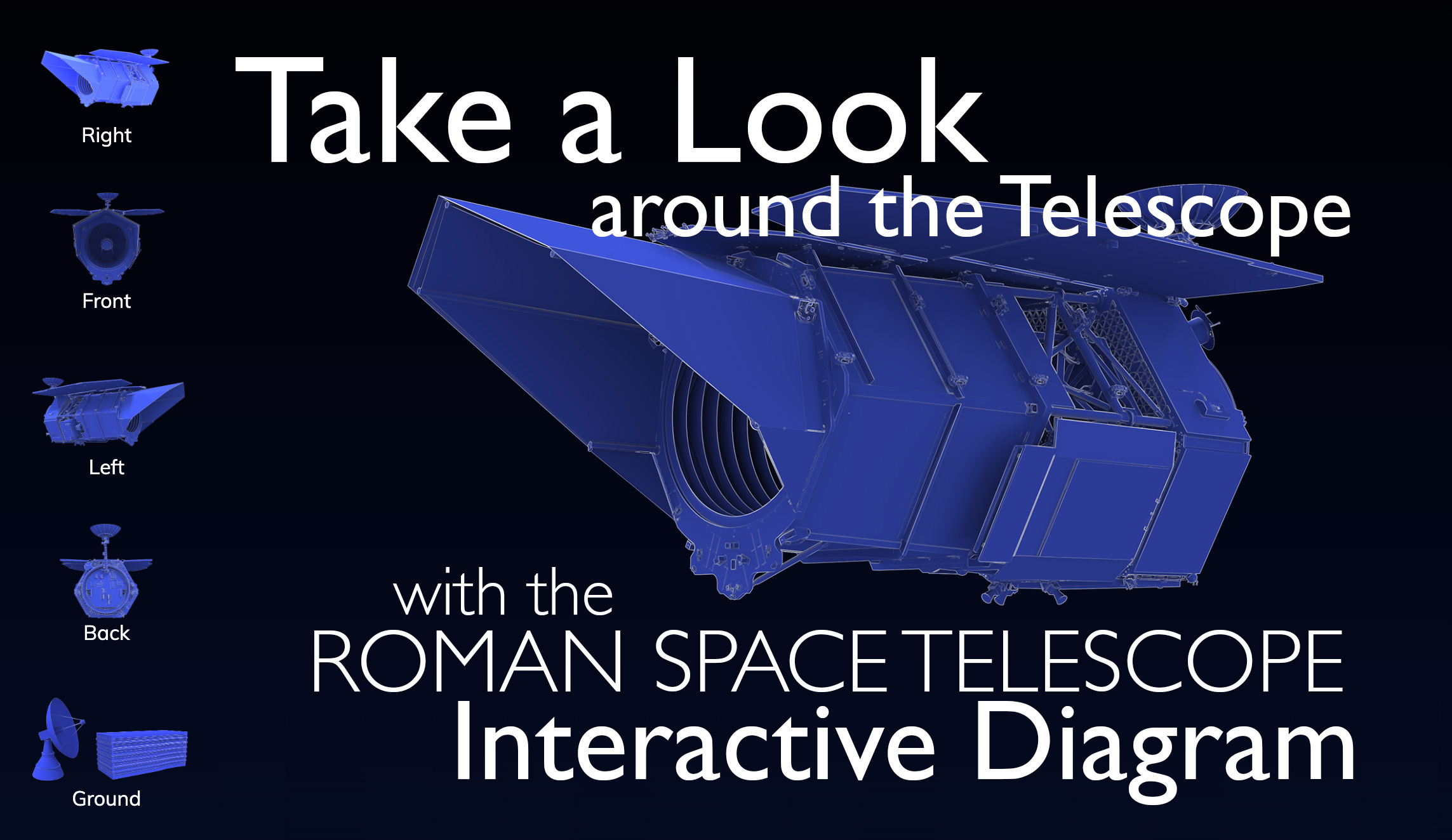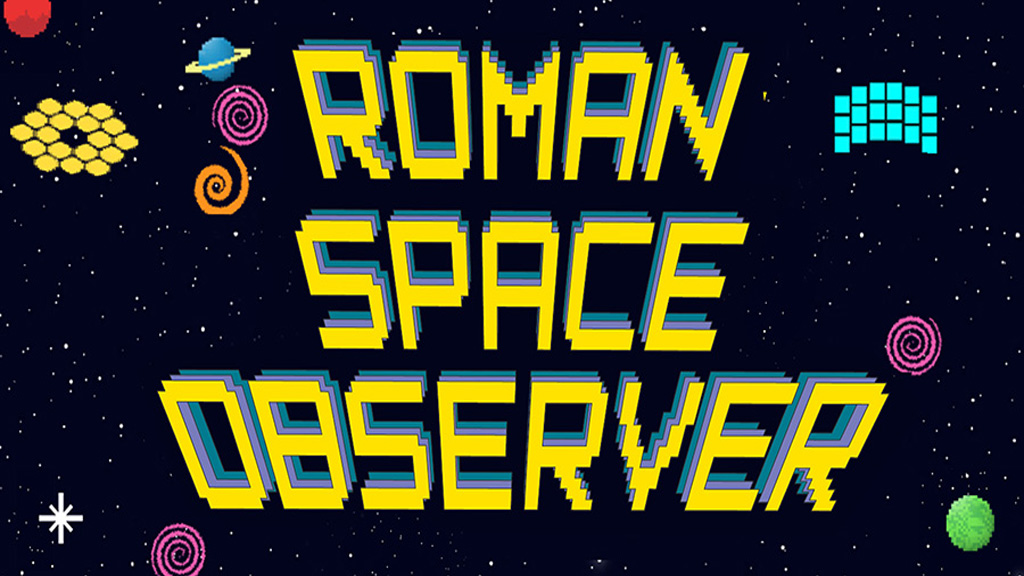Chris Hirata's Wide-Field Infrared Survey Telescope Galaxy Survey Exposure Time Calculator is intended for use in optimizing the WFIRST hardware and observing strategy.
View web interface to Galaxy Survey Exposure Time Calculator (IPAC)
Download: etc14.tar.gz
The tar ball contains:
- The ETC source code (in C).
- A PDF copy of the manual.
[The following files are not really part of the ETC but you might want them.]
- AFTA configuration files for imaging (Im*) or spectroscopic (Sp*) mode. The imaging mode has separate "blue" (J and bluer) and "red" (H and redder files) since the latter filters contain a pupil mask.
- The CANDELS-based weak lensing input file, as used for the 2015 SDT report. The references if you use this are Guo et al. (2013), ApJS 207:24 for the source catalog and Hsu et al. (2014) ApJ 796:60 for the photometric redshifts.
The IFU has two slicers that are projected onto the same focal plane: there is a 3x3" slicer and a 6x6" slicer. These are modeled with the two files (IFU_SDT2015_3x3.dat and IFU_SDT2015_6x6.dat). (Download zipped files) The baseline plan is to use the 3x3" slicer for point source spectroscopy (the supernova program).
Because of the way the exposure time calculator models the IFU, some care must be taken when talking about its resolution. In particular, in the present design, one IFU slice is mapped onto 2 pixels on the detector array (i.e. 36 microns: the native pixel pitch of the detector is 18 microns). The ETC defines a "pixel" in a multi-slit IFU as the width of the slit (0.15" for the 3x3 slicer and 0.30" for the 6x6 slicer). The detector type "5" should be used in this case, which computes all properties (e.g. read noise) appropriate for a 36x36 micron region, which is composed of 2x2 native pixels on the detector. The "dark current" input to the ETC should similarly be 4 times the dark current per native pixel on the IFU (e.g. 4x0.005 = 0.02 e/p/s). The "effective read noise floor" input to the ETC is an RMS value and so should be 2x the floor per native pixel (e.g. 2x4 = 8 e/pix).
The spectral dispersion, Dtheta, should be approximately 15 arc sec for the 3x3 case and 30 arc sec for the 6x6 case, corresponding to R=100. It is not truly constant, and the dispersion curve is not yet modeled in the ETC; the amount of variation is shown in Fig. 3-16a of the 2015 SDT report, and can be consulted if you are interested in the correction that would apply to features at a specific wavelength.
Credit : Chris Hirata













